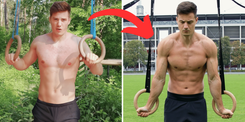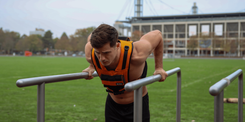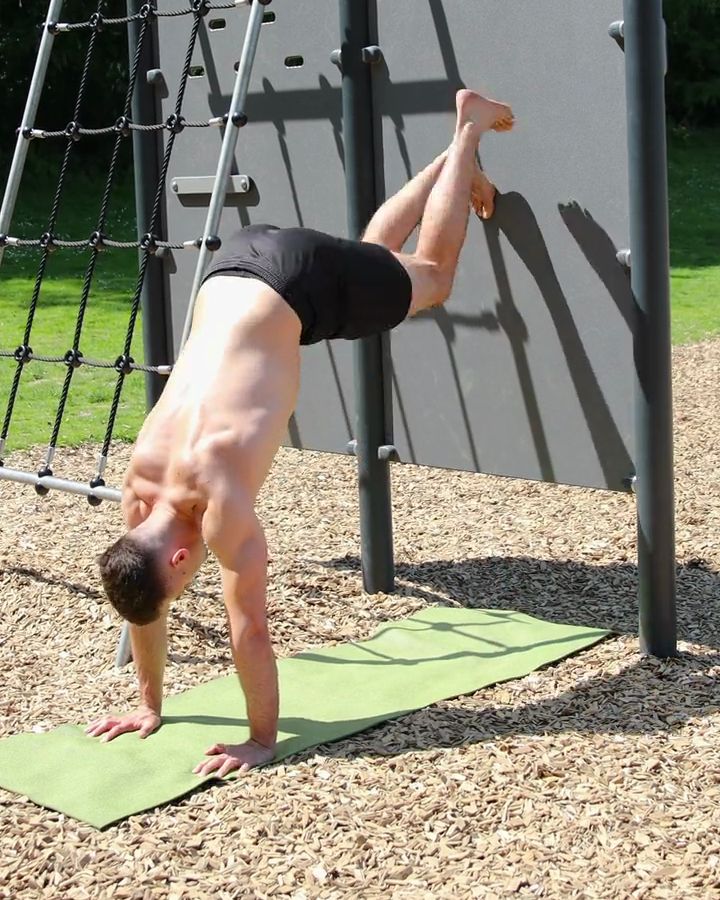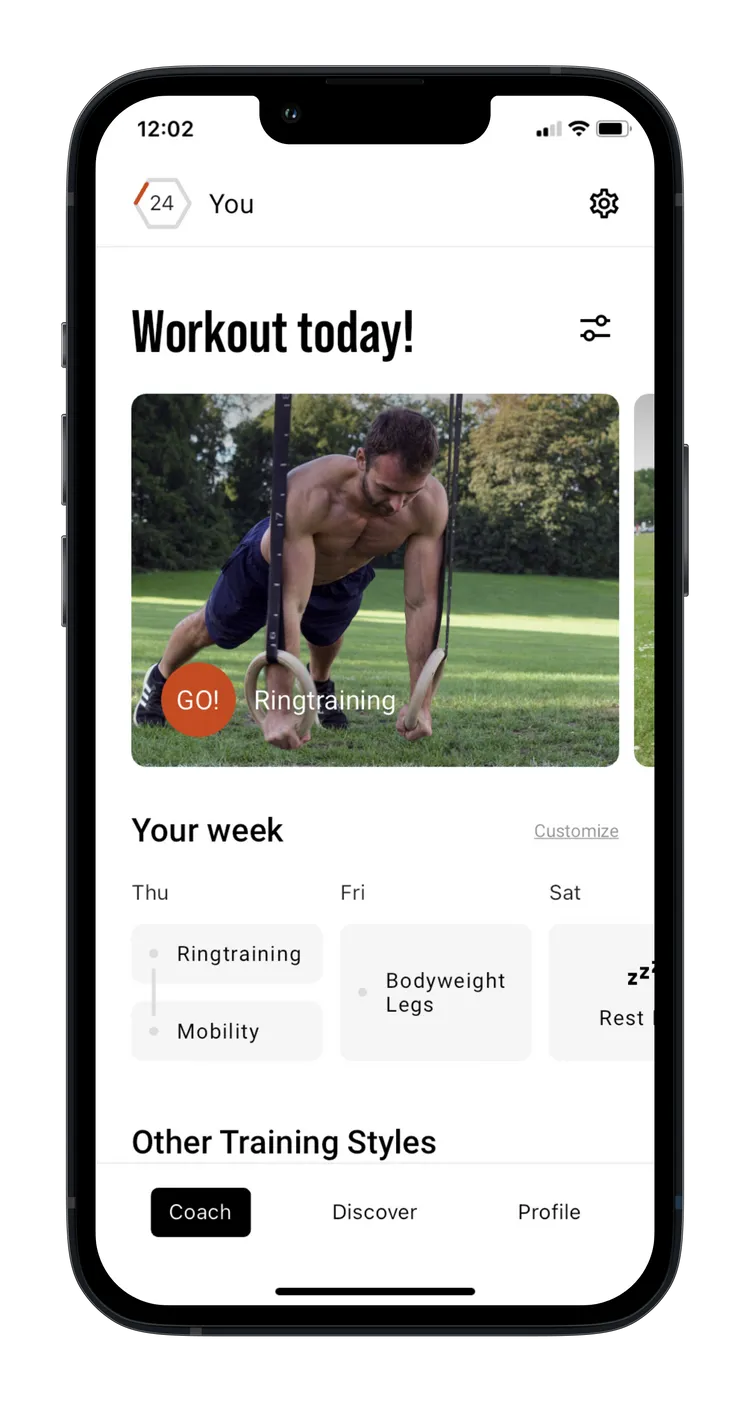Wall Walks
Wall walks are an effective exercise for strengthening the shoulders while also intensely engaging the abdominal muscles. You begin in a plank position against the wall and walk your feet up the wall as your hands gradually move closer to it. This exercise also promotes body stability and coordination. Learning wall walks has the advantage of improving the vertical position, facilitating the transition to more advanced exercises like the handstand or the handstand swimmer.
Necessary equipment

Wall Walks - the correct execution
- Start in a push-up position with your feet close to a wall
- Your pelvis is tilted backwards (PPT)
- Walk step by step with your hands backwards and place your feet against the wall
- Walk with your feet up the wall until you are in the handstand position
- Slowly and in a controlled manner return to the starting position
- Keep in mind that you still need some energy to dissolve the last handstand
- If necessary, turn over the side out of the handstand. See last video
The exercise Wall Walks is intended to be used as a technique, hypertrophy exercise.
Which muscles are trained by Wall Walks?














Primary trained muscles for Wall Walks
Upper Back - The muscles in the upper back, including the trapezius and rhomboid muscles, help move and stabilize your shoulders. They pull the shoulder blades together and support posture.
Secondary trained muscles for Wall Walks
Triceps - The triceps brachii muscle is located at the back of your upper arm. It extends your arm at the elbow and also helps move the arm backward.
Neck - The neck muscles move your head in all directions and support important structures such as blood vessels and nerves that run between your head and chest.
Abs - The rectus abdominis, also known as the "abs," runs vertically along the front of the abdomen. It is responsible for bending the torso forward, such as during sit-ups, and lifting the pelvis. This muscle stabilizes the torso, supports the spine, and helps maintain good posture.
Lower Back - The erector spinae muscle runs along your spine and helps you extend your back and stand upright.
Forearm - The forearm muscles are divided into flexors and extensors. The flexors bend your wrist, while the extensors straighten it.
This could also be interesting

Calisthenics Body Transformation – How to Build a Strong, Lean, and Athletic Physique
Transform your body with Calisthenics! Build muscle, burn fat & achieve a shredded physique with bodyweight training. See real before & after results!

The Best Fitness Apps in 2025: Our Top 10 Recommendations
Don’t miss the best fitness apps of 2025: surprising favorites, free options, and perfect tools for your workouts. Find the ideal app today!

Complete Calisthenics Skills List – 40+ Exercises from Beginner to Pro
Which calisthenics skills should you learn first? And which ones will really help you progress? In this article, you’ll find a complete list of over 40 exercises – from the very basics to the toughest moves for professionals. Each exercise comes with instructions, so you can immediately integrate them into your training.


